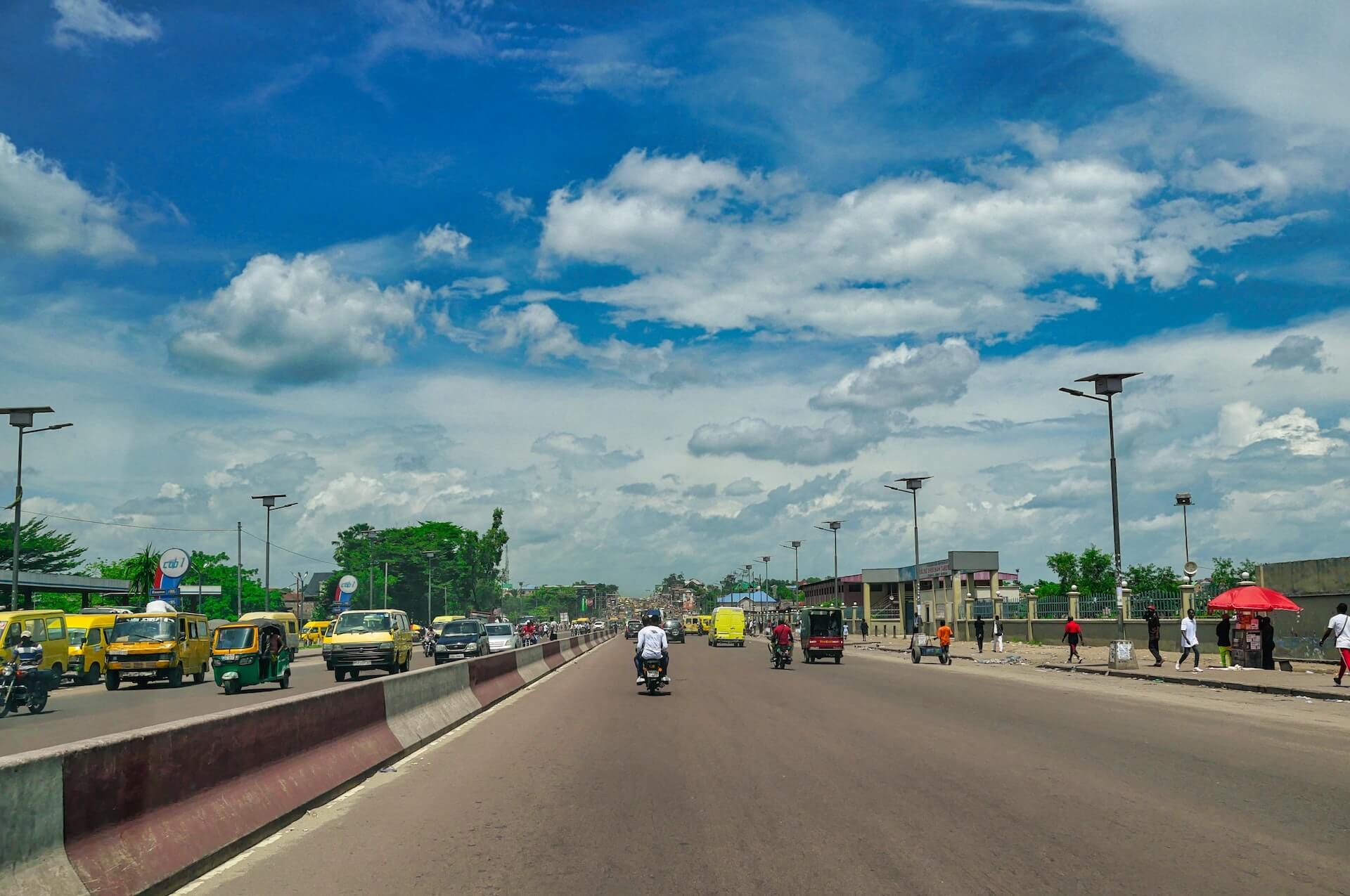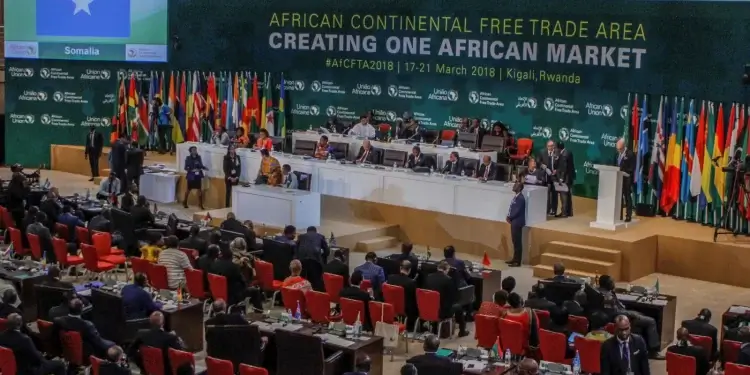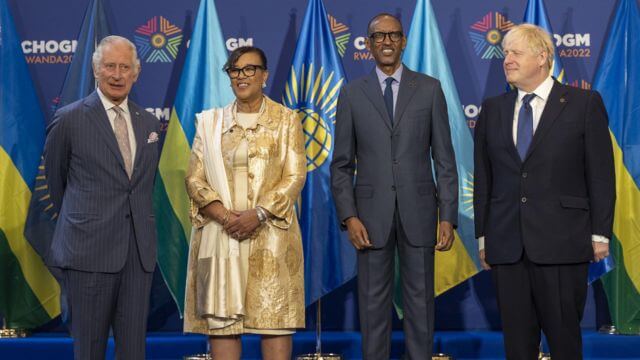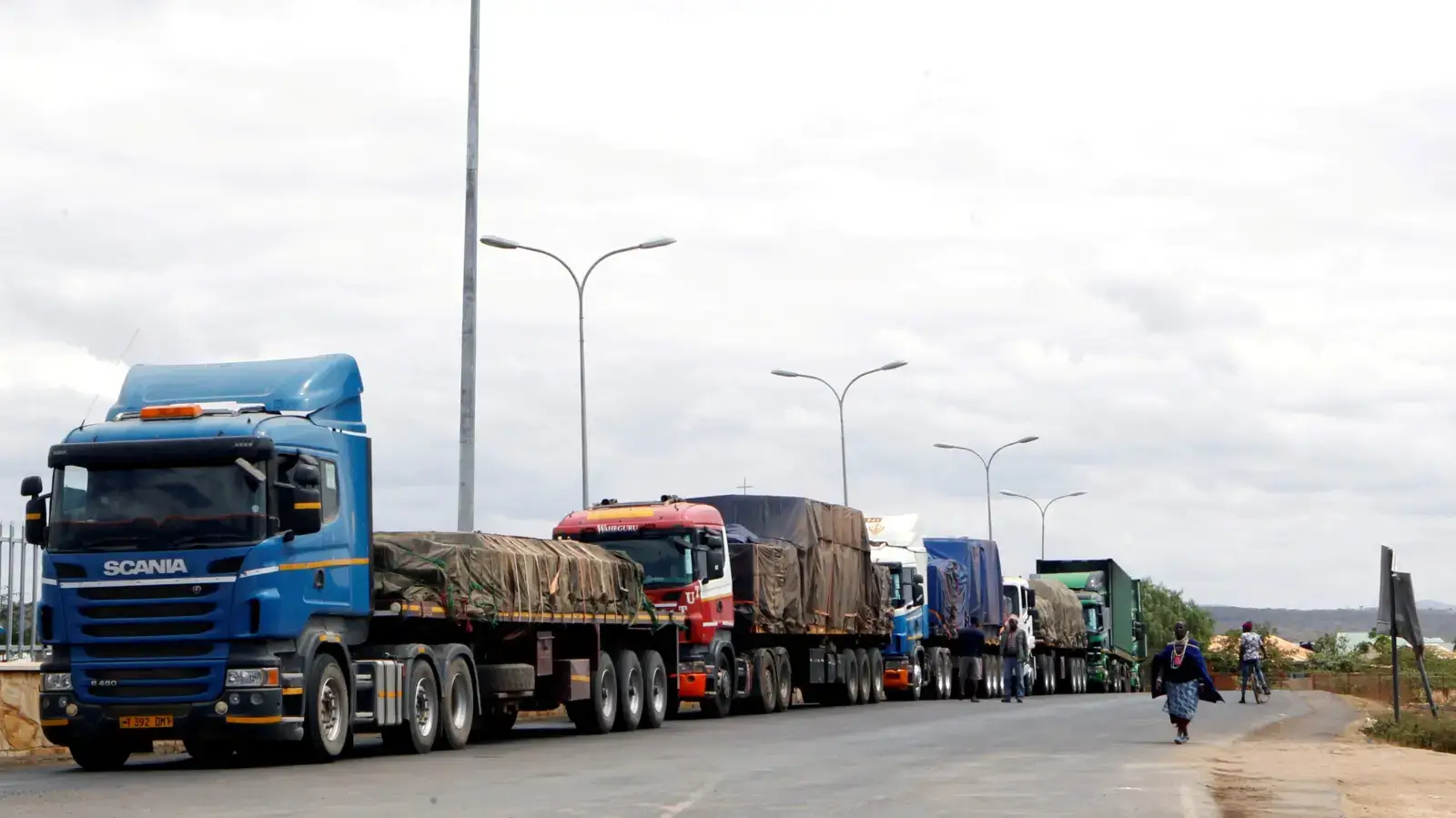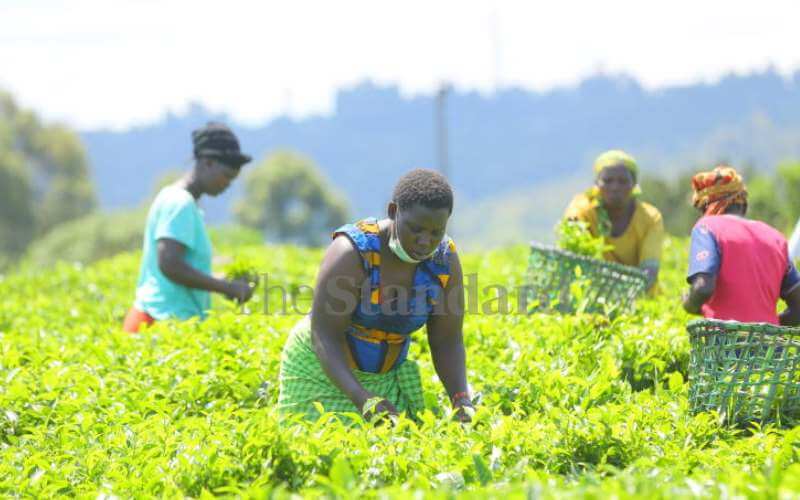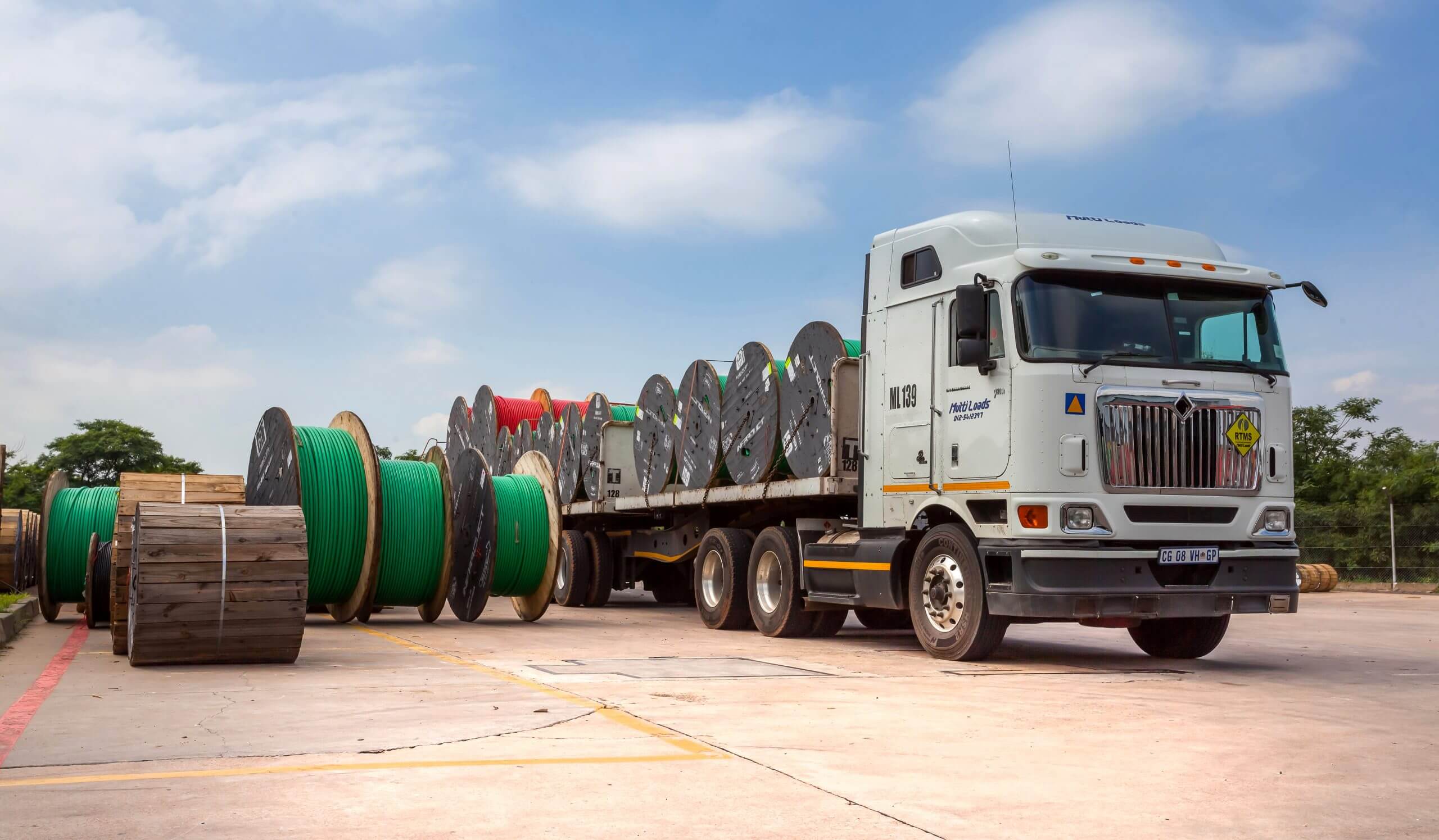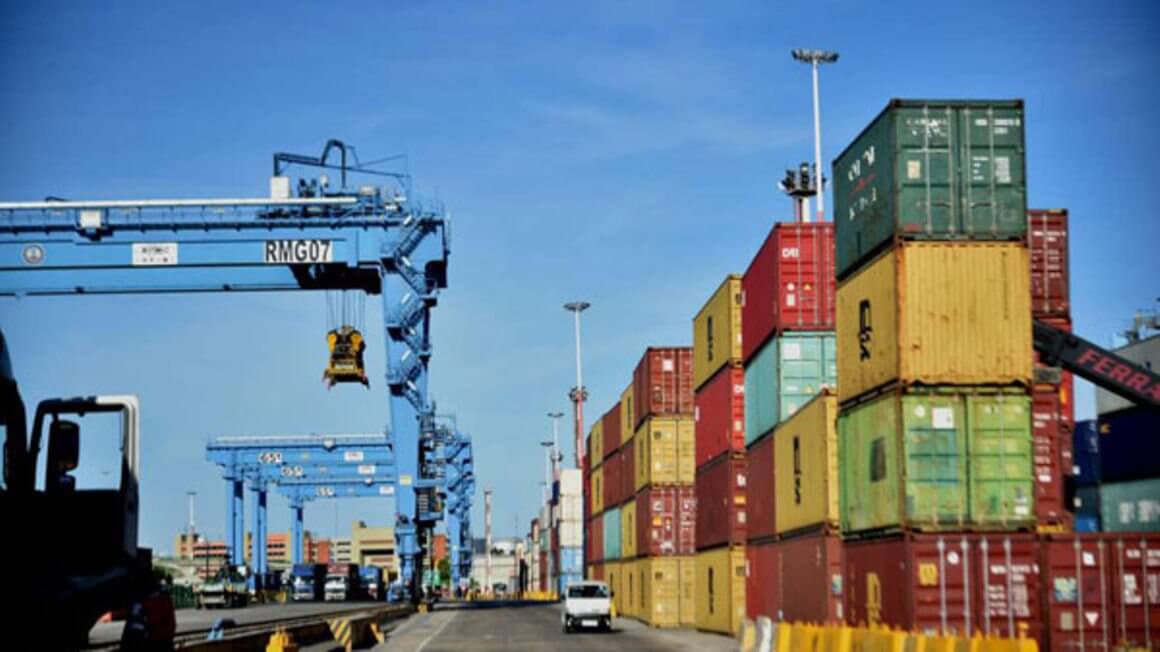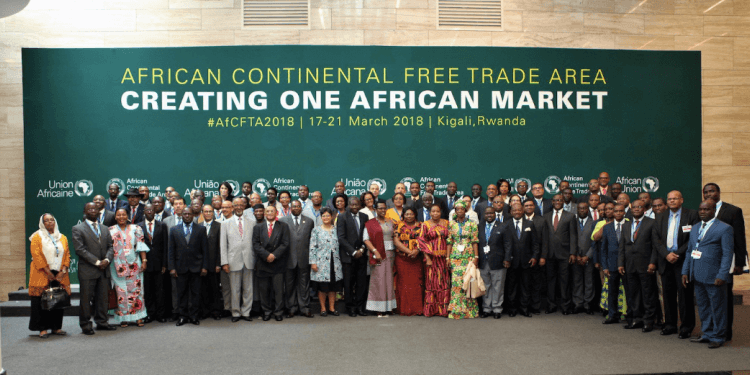Kinshasa in the Democratic Republic of the Congo is a new destination for Nairobi financiers and die-hard merchants. If all goes well, this fledgling relationship could be a catalyst for Central Africa’s digital transformation and a significant boon for the East African tech market. The Democratic Republic of the Congo (DRC) has only joined the East African Community (EAC) for just four months, but even before joining the EAC there were economic ties that made it possible. rice field. The border towns of Goma and Bukavu are active market places where merchants from the Democratic Republic of the Congo, Uganda, Burundi and Rwanda exchange consumer goods. There are also a number of artisanal mines staffed by miners from neighboring countries and the Democratic Republic of the Congo. In addition to petty cross-border trade, the DRC’s rich mineral resources have also attracted the attention of neighboring countries. Some of that attention has been covertly or overtly violent, helping the DRC fight rebel groups in several parts of the country. The resulting instability has turned the Democratic Republic of the Congo into a boxing ring of neighboring countries vying to defend their interests on Congolese lands. With more than $24 trillion of untapped mineral deposits and 90 million inhabitants, the DRC is an attractive market for investors around the world. However, a shift in political winds in 2018 led to the resignation of long-time ruler Joseph Kabila in 2019, and Kenyan merchants, high and low, poured into the DRC. consolidated its position...
Can Kenya’s DRC enthusiasm stimulate digital innovation?
Posted on: August 16, 2022
Posted on: August 16, 2022

